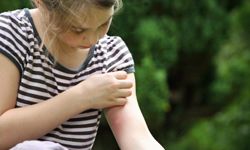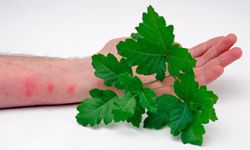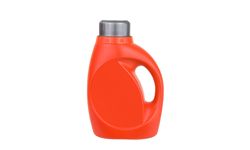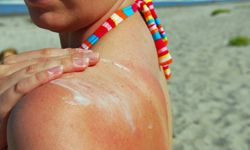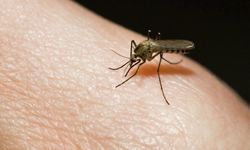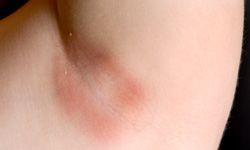Chances are you've experienced a skin irritation at some point in your life. You may have had anything from a mild redness to frustrating swelling and itching to a severe case of blisters or sores. Your skin is your body's largest organ and its primary layer of defense, so it often takes the first blow against irritants in the world around you.
Dermatitis is the term used to describe a wide range of skin inflammation. Some categories of dermatitis are a result of internal conditions, and some chemical process in the body can trigger them. For example, eczema is usually hereditary, and outbreaks can be triggered by stress, allergies or asthma. Contact dermatitis, though, is a result of your skin's contact with some external irritant that creates an allergic reaction.
Advertisement
Because you come in contact with so many things on a day-to-day basis, it's sometimes hard to discover the exact cause of a rash or itch. You may have mild chafing from the wind or your clothes, or a case of contact dermatitis from household chemicals, poison ivy and even sunscreen. This article describes 10 common skin irritants, listed in no particular order, and what you can do to keep your skin protected.
No matter what skin irritation you have, you can treat the symptoms with lotions and over-the-counter medicated skin creams. If the irritation persists or worsens, you should see a health professional for a more precise diagnosis and treatment.
